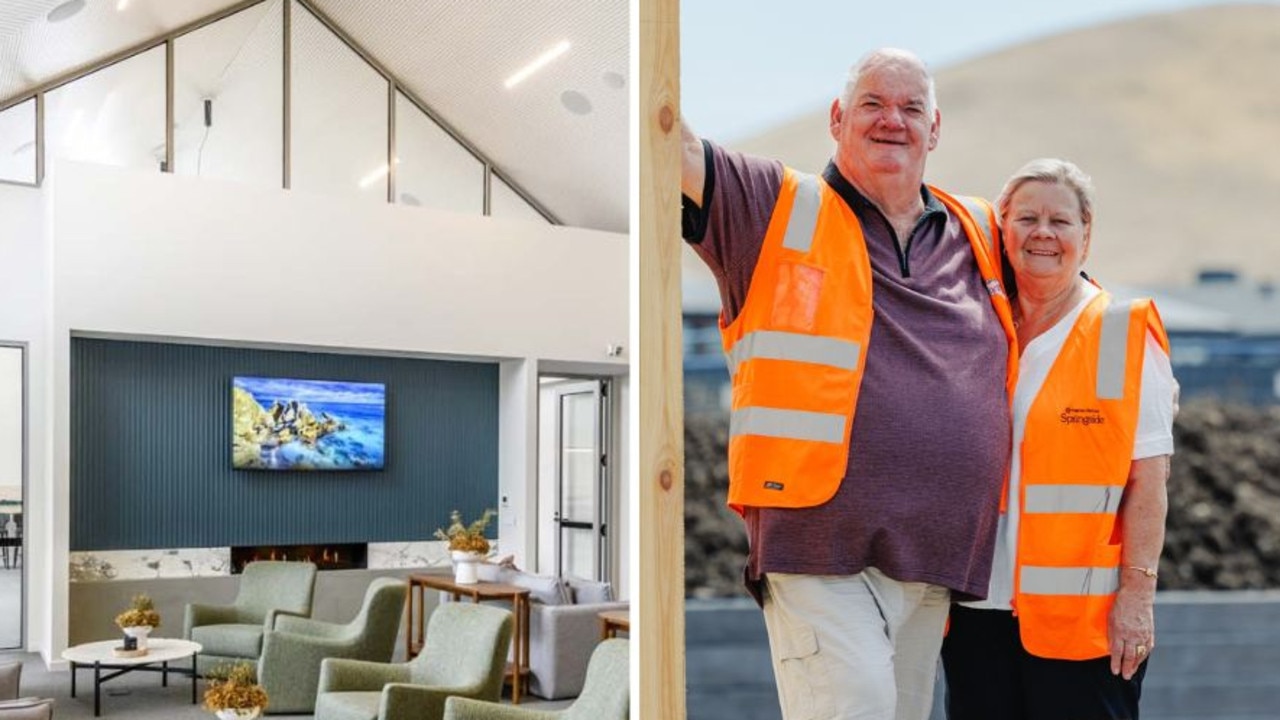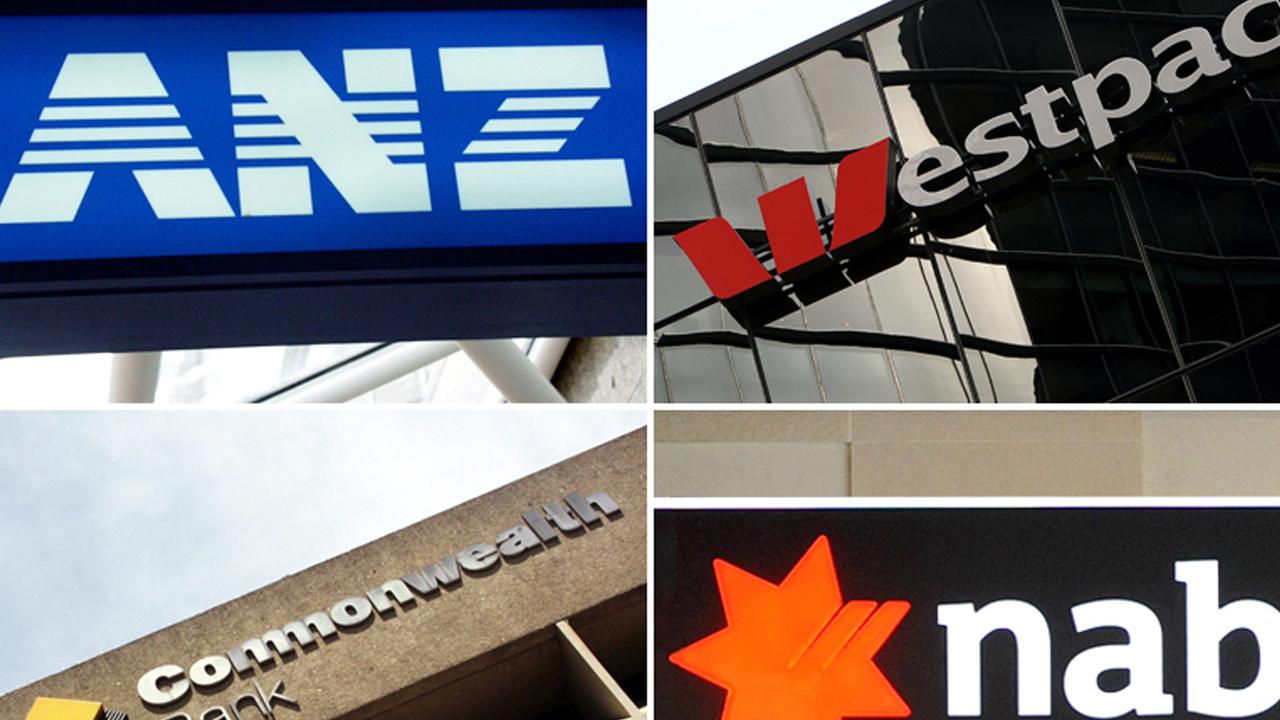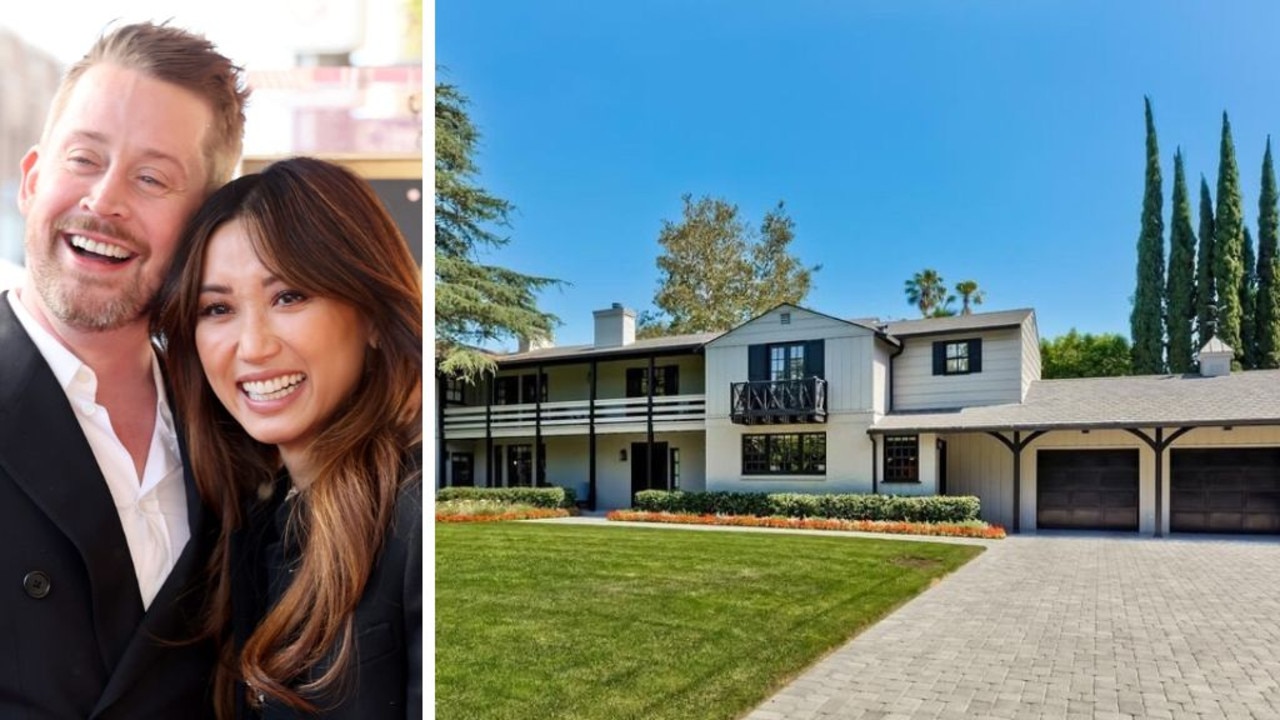Up 233pc: Surprise regions where prices have grown the most in 20 years
Massive change is underway for Australia’s top property performers, with surprising regions coming out on top.
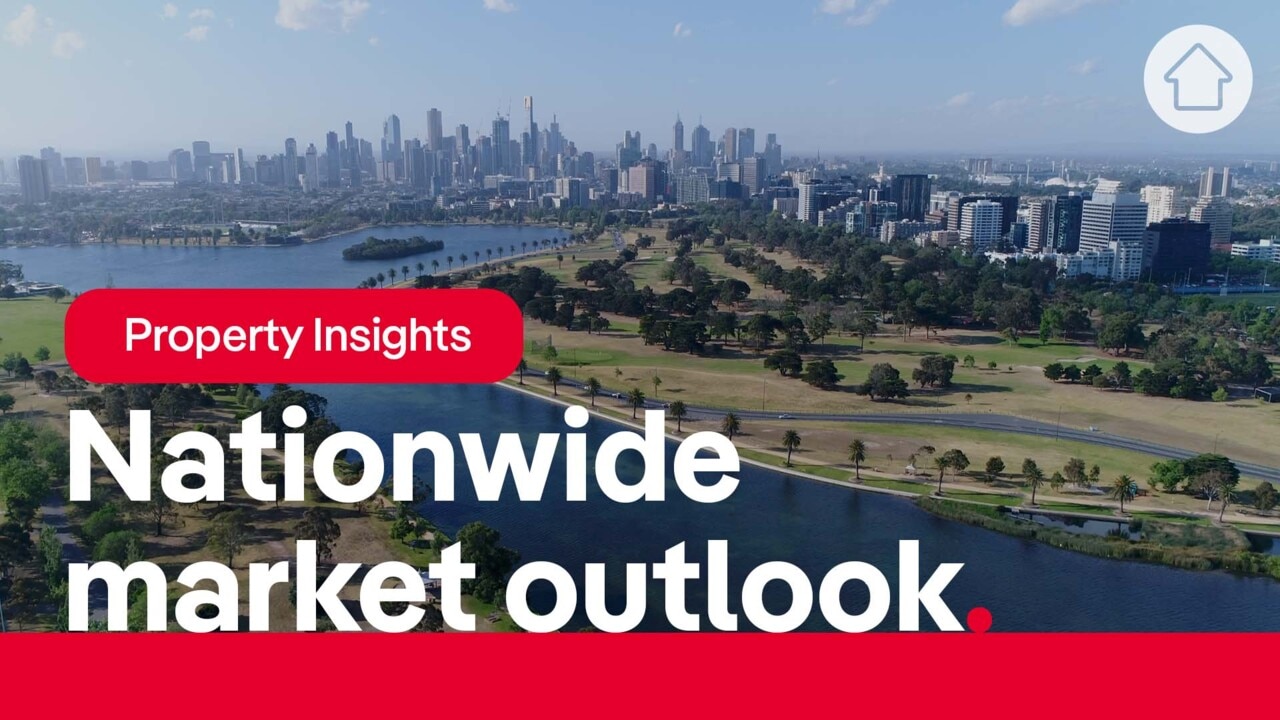
New research has revealed the top property performers over the past 20 years, with some surprising regions coming out on top.
Analysis of ABS statistics by the Property Investment Professionals of Australia (PIPA) found that the top location for capital growth from June 2004 to June 2024 recorded growth of 233 per cent, while the bottom location recorded 100 per cent over the same period.

PIPA board director and former chair Peter Koulizos, who conducted the research, said the results proved that property was a safe and stable performer over the long-term, with location selection key.
“What I found most interesting was the fact that over the past 20 years, it has mainly been smaller capital cities or more affordable regions that have produced the very best results,” he said.
Tasmania took out two of the top three spots nationally for long-term capital growth, with regional Tasmanian home prices recording 233 per cent - the highest in the country.
There, the overall median house price has soared from $169,0000 to nearly $449,000 over the past 20 years.
Adelaide came in second spot with 209 per cent growth, followed by the capital of the Apple Isle, Hobart, in third spot with 193 per cent.
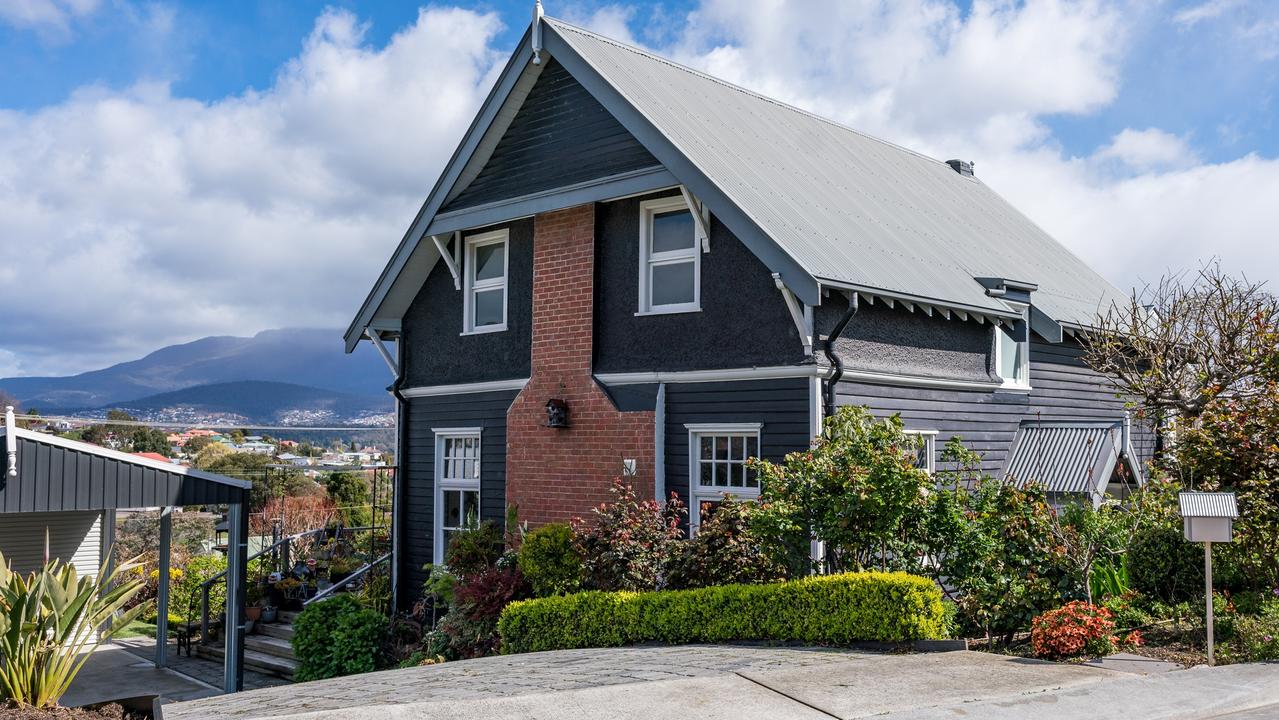
Brisbane (+190%) and regional Victoria (187%) rounded out the top five.
“These sorts of results also show that property markets are not linear – rather, price growth occurs at varying points through the years,” Mr Koulizos said.
“Consider that Hobart has experienced a softening of prices over the past few years, but its established median house price has risen by 193 per cent since June 2004.
“Likewise, with Adelaide and Brisbane, whose markets are very strong at present, but where both had long periods of flat-lining price points throughout the years.”

Elsewhere, 20-year price growth in Perth was 186 per cent, Sydney (181%), regional NSW (172%), regional Queensland (166%), regional South Australia (165.4%), Melbourne (164.7%), Regional Western Australia (162%), Canberra (160%), Darwin (136%) and regional Northern Territory (100%).
MORE: ‘Happiest family in the world’ pay $12.51m for rare beach penthouse
Top End parents to sell home to save 5yo daughter’s life
Unfinished homes flood market amid huge building issues
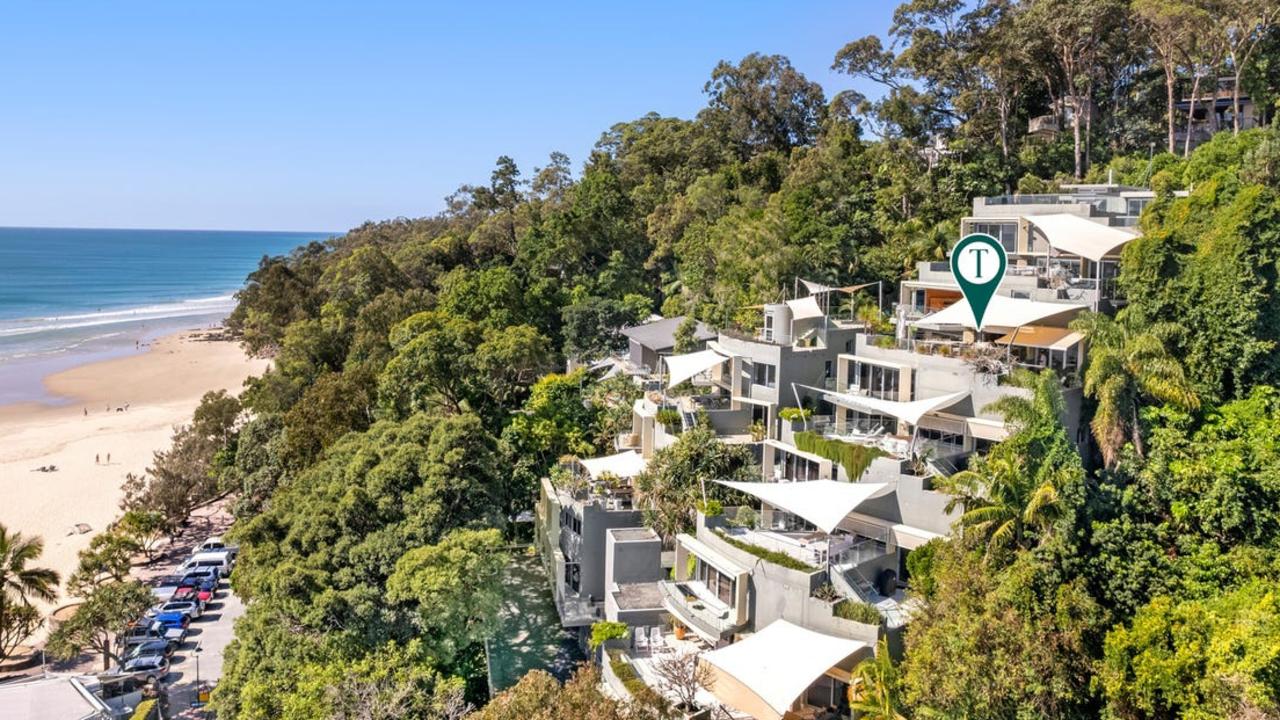
PIPA chair Nicola McDougall said Darwin and the rest of NT were the bottom performers over the past 20 years, but remained affordable compared to the rest of the country.
“However, the region’s economic fundamentals have been far from stellar over the years, which has resulted in its under-par property market performance,” she said.
“That said, the NT Government’s new HomeGrown Territory and Fresh Start New Home programs, which includes three different grants ranging from $10,000 to $50,000 and encompass both first home buyers and existing home owners, are smart policies that aim to address the region’s population woes and will likely have a positive impact on property prices in the future.”
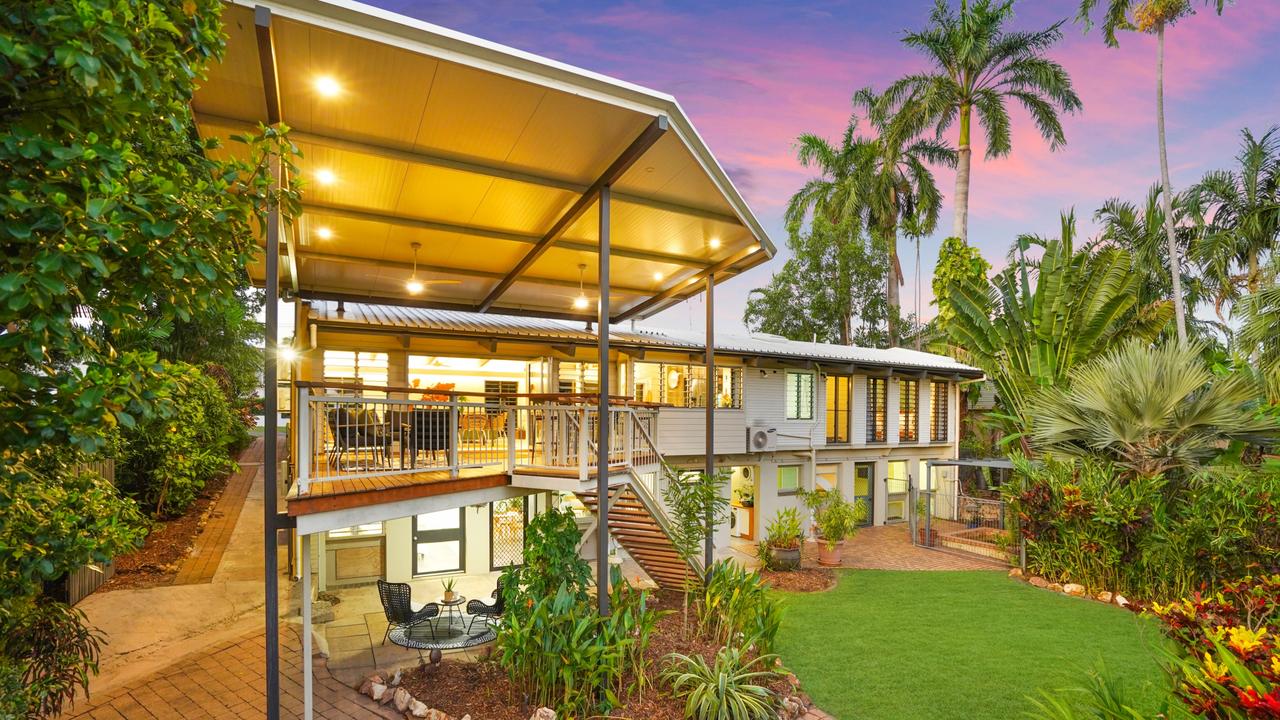
It comes after the latest PropTrack Home Price Index revealed that national home prices saw a small increase in September, up 0.04 per cent to $792,000.
But noted not all markets performed equally.
Adelaide, Perth and Brisbane all saw relatively strong monthly growth, and very strong annual gains of 15 per cent, 22 per cent and 13 per cent respectively.
In the other capital cities, prices were either stagnant or declined for the month, though there was a clear winner in terms of annual gains – with Sydney’s overall dwelling median up by 4.88 per cent for the year.
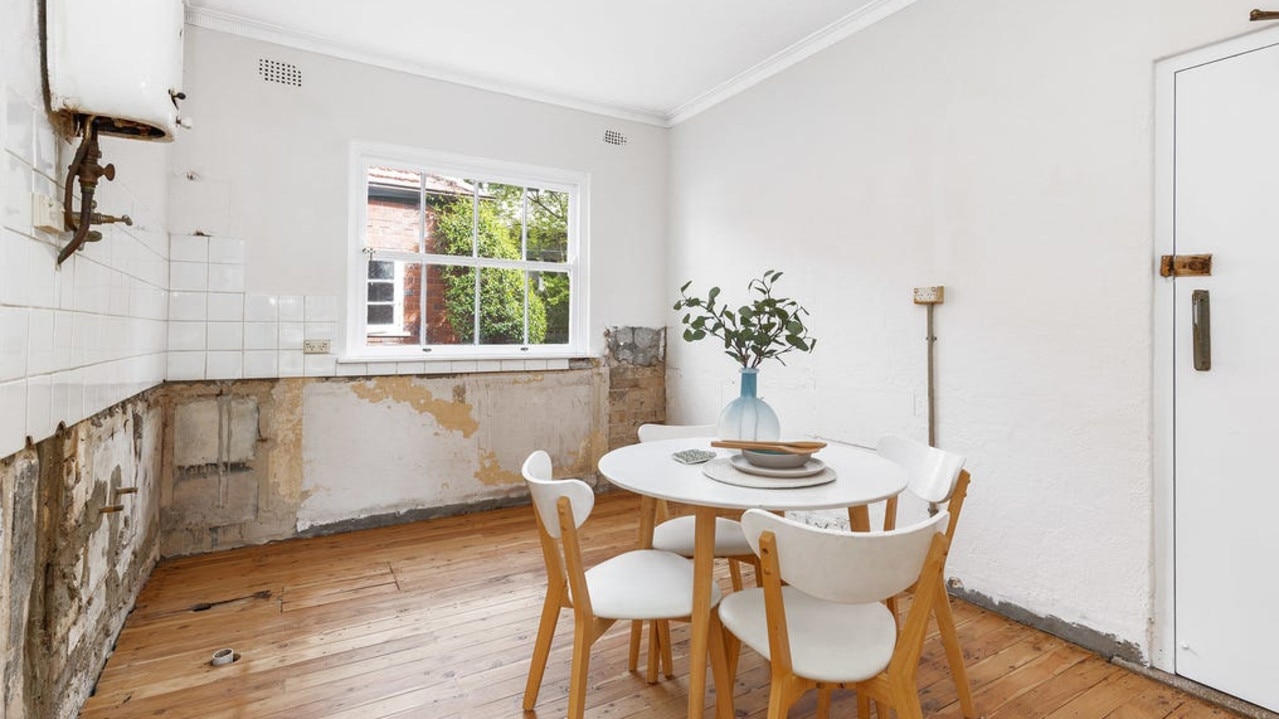
Melbourne and Hobart fared worst for the month (about a 0.30 per cent decline for each city) but for the year, Melbourne was the wooden spoon winner, seeing a 1.79 per cent fall in the overall dwelling median.
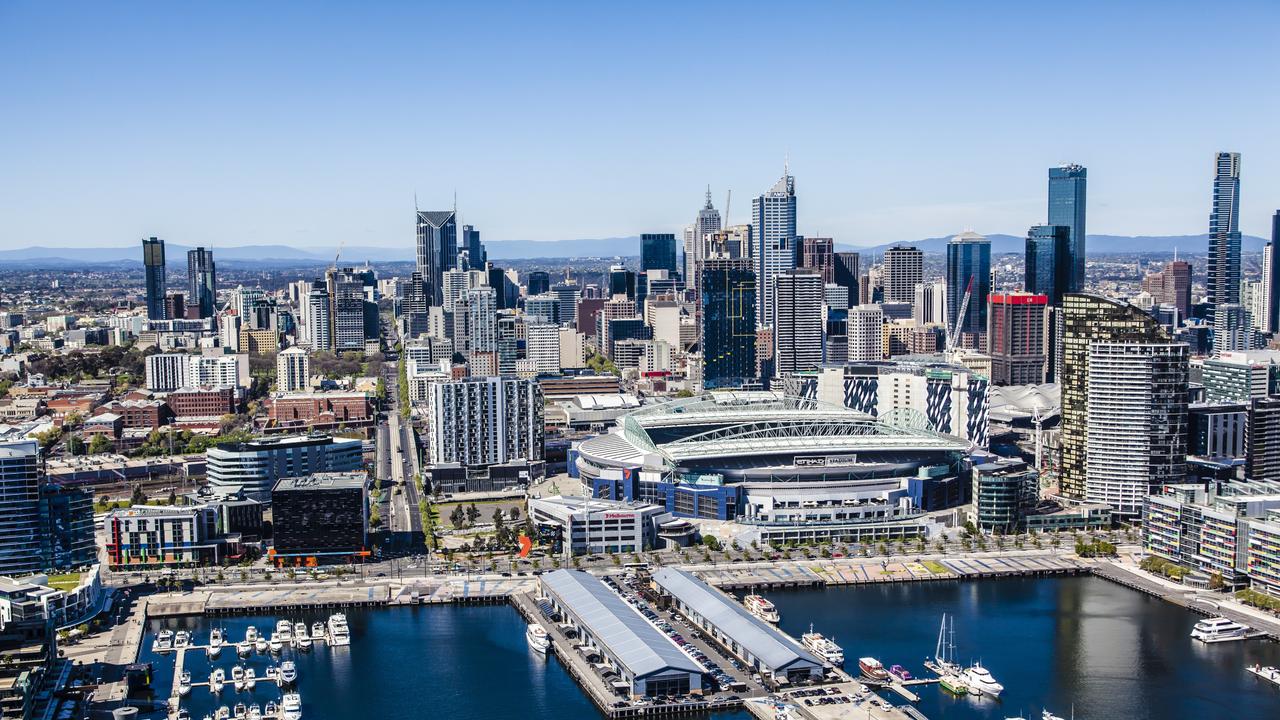
PropTrack senior economist Eleanor Creagh said cities where prices were flat or falling were enjoying a better level of supply, meaning buyers had more choice coming into the spring selling season.
On the flip-side, Ms Creagh said homes in Brisbane, Perth and Adelaide were still harder to come-by, even with an increase in properties on the market.
“In particular, sellers in Perth and Adelaide hold the upper hand this spring,” Ms Creagh said. “Although the number of properties hitting the market has increased, total stock on market remains well below prior five-year averages as new listings are quickly absorbed, amidst strong buyer demand in both cities.”
Adelaide saw the highest monthly growth for overall dwelling medians – 0.53 percent to a new peak of $778,000, with Adelaide units now more expensive than the same offering in Melbourne.
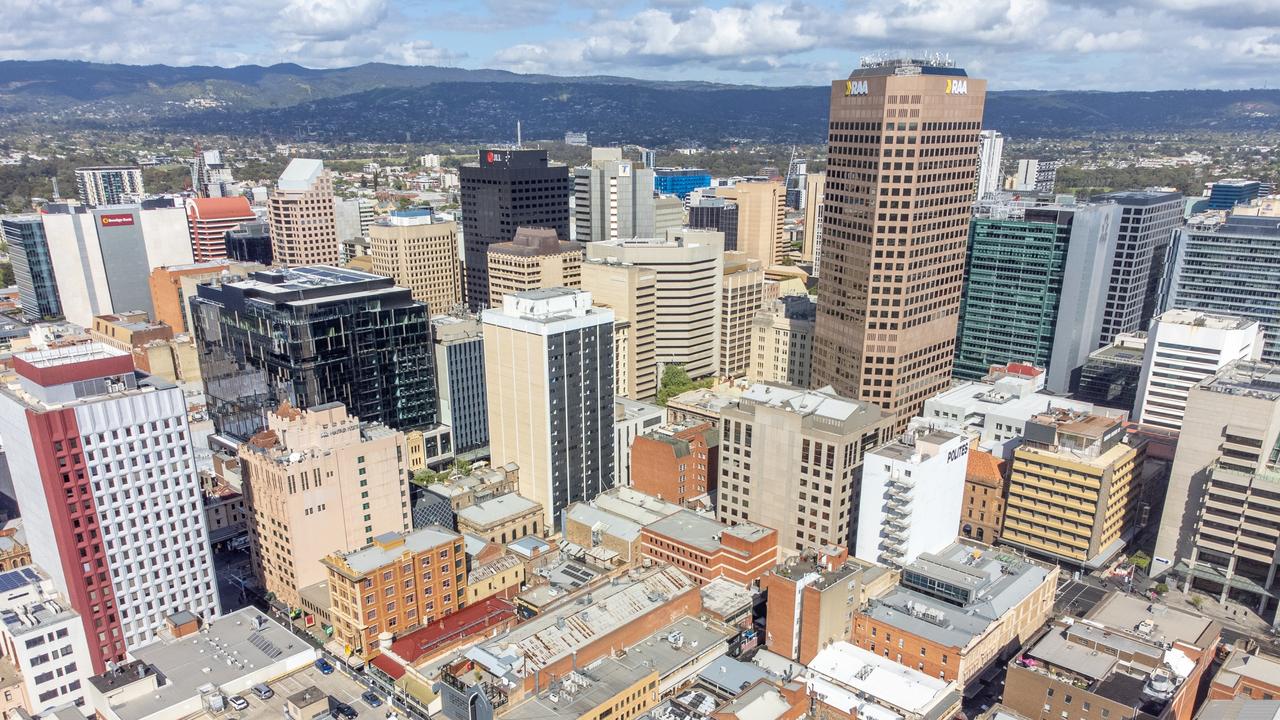
Perth continued its strong price-growth trend in September with a 0.24% increase in the median dwelling price, though this was slightly slower than in recent months, Ms Creagh said.
Similarly in Brisbane, an influx of spring listings has slowed price-growth, but not by much.
“Brisbane remained one of the strongest performing markets over the past year, with home prices now 13.31 per cent above September 2023 levels,” she said.
“Stock on market in Brisbane remains constrained relative to Sydney, Melbourne, Hobart and Canberra, contributing to stronger selling conditions.”
Ms McDougall said savvy property owners should always adopt a longterm mindset, but added that was becoming increasingly more difficult for investors with higher holding costs, constantly changing tenancy legislation, as well as new property taxes.
“Further analysis of the 2024 PIPA Annual Investor Sentiment Survey found that some 61 per cent of investors who sold in the past year had a holding period of less than 10 years,” Ms McDougall said.
“Plus, about 17 per cent of those investors who sold indicated they had owned the property for less than three years.
“With property transactions attracting such high entry and exit costs, it is safe to assume that these investors simply could no longer financially afford to hold onto their properties and made the difficult decision to sell, including in Melbourne, where prices have been falling.”
Originally published as Up 233pc: Surprise regions where prices have grown the most in 20 years


